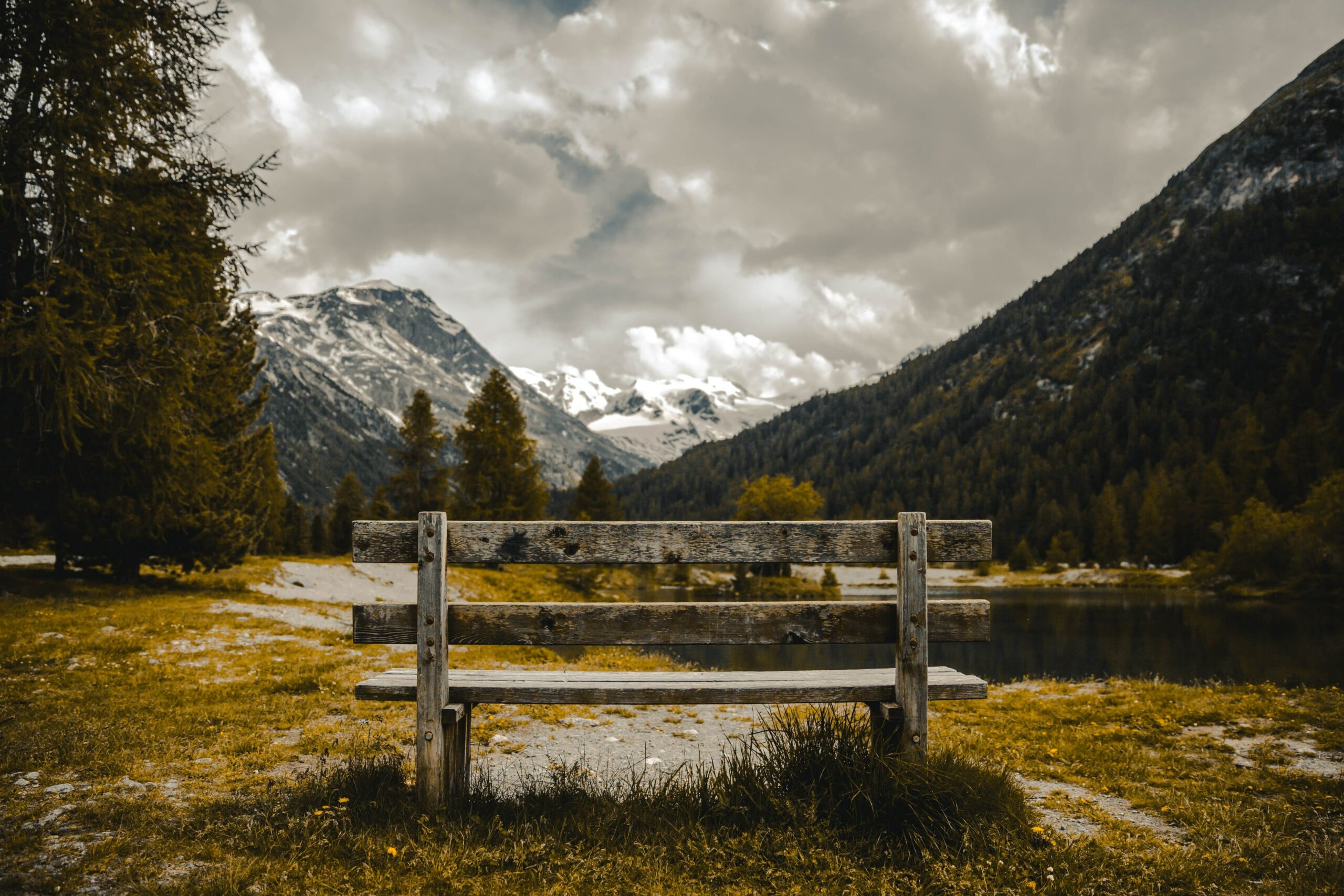
We all should find a rhythm of rest throughout our lives. It isn’t something that we just every once in a while. It’s something that we should weave into the schedules and the seasons of every year. There’s enough research to show us that having a time of peace and rest on a regular basis will benefit our physical selves and emotional selves.
PEACE
As far as it depends on me, I will live at peace with others.
[A lesson from the Christian Bible]
This lesson teaches us that sometimes we can’t have consensus with everyone. We can’t always agree as a group. However, we can be determined to be peaceful with others regardless. When people are looking for a fight and you are determined to be peaceful it’s almost impossible for that fight to start or continue. People have to have something to fight against in order for the fire to continue to burn. If you refuse to give oxygen to fire it has to go out.
It takes a lot of ego strength to be able to do that. Many people are too immature and would rather have the last word in order to do this. But if you are determined to be peaceful with others you can do it! Some of the things you can do specifically to live at peace with others when they are trying to start a fight are as follows:
- Remain silent
- Say the words, “I don’t want to fight with you”
- Be sure that your body posture is open and that you aren’t giving any signals of wanting to fight
- If the person is standing and you have the ability to sit down, take a seat
- Lower your voice so that hopefully they will lower theirs (people often will mirror what you do)
- Say the words, “Is it okay if we just agree to disagree?”
- Do not talk about them when they are not there
“Radical acceptance can be defined as the ability to accept situations that are outside of your control without judging them, which in turn reduces the suffering that is caused by them. Radical acceptance is based on the notion that suffering comes not directly from pain, but from one’s attachment to the pain. It has its roots in Buddhism and the psychological paradigm put forth by Carl Rogers that acceptance is the first step towards change.” (Cuncic, 22; Rogers)
If I can radically accept something it means that I don’t agree with it but that I can accept it happened and move on with my life without remaining connected to the thing that happened. I let it go. I don’t continue to think about it or talk about it because if I do that will build more neuropathways my brain. It may sound funny but, “The more I think about it, the more I think about it.” The less I am attached in my thoughts and emotions to what happened to me the less I will think about it and the less I will have negative emotions that cause me to suffer. Here is where we can also talk about forgiveness. Sometimes forgiveness is a way to say that what you did to me was so “not okay” that I don’t even want to be connected to it in any way. It takes time to come to this place in your mind and soul but it is better for you mentally and also physically if you can learn to think about negative things in your life this way.
REST
“A lack of intentionality when it comes to how we rest leads to a depleted life defined by what the world dictates.” (Miller, 2016)
Taking time to rest requires intentional planning. It’s not just about sleep, although that is very important. We recommend that you read the TeenCentral What’s New Blog on How to Sleep Better. This is an excellent introduction to circadian rhythm and how to use it intentionally for your best healthy sleep cycle.
Rest can include things like taking time to sit on a bench and watch people around you rather than look at your phone, lay stretched out on the couch with a pillow under your neck and under your knees listening to calming music in the room, taking a break at work in your car with your seat back instead of at your desk every day, going to the park and taking a walk around a short flat trail taking in the scents of the season, walking barefoot in your backyard, standing at the edge of the ocean and letting the water just cover the top of your feet, floating in a friend’s pool for an afternoon, drinking a hot drink on a cold day, writing a few notes in your journal about some thoughts you’ve been having, sitting on your front steps having a conversation with an old friend, or anything like what’s mentioned here that seems very restful to you.
Don’t just do it once. Do these things on a regular basis. Fit them into your life as part of your routine. If you don’t you may find that your body will force you to rest, unfortunately in sickness or fatigue or complete burnout. This is not something you want to experience.
The time for peace and rest. It takes a lot of effort to change in your life so that your walking in this way. People will notice that you’ve changed. They may see you having a slower pace. Or they may just not be able to quite figure it out at first. But eventually they will see it as a good thing and so will you.
Peace and rest – for any time of year. We hope you give this some serious thought and make small changes towards walking in the peaceful and restful life.
REFERENCES
Cunic, Arlin. 2022. How to Practice Radical Acceptance (verywellmind.com)
Miller, Shelley. 2016. Rhythms of Rest: Finding the Spirit of Sabbath in a Busy World




